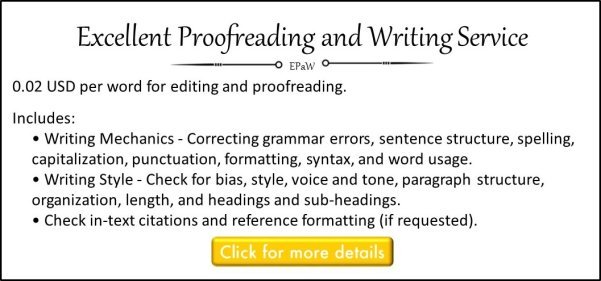Writing a Curriculum Vitae
Writing a curriculum vitae or C.V. is something that you might need to write when applying for a job. A curriculum vitae performs a similar function to a resume, in that it displays your skills and experience.
Generally a curriculum vitae will contain a more complete set of information when compared to a business resume, which would focus on skills for that specific job.

Often when applying for a job you’ll be asked to send your curriculum vitae as well as a business cover letter. The cover letter introduces you and your curriculum vitae to the recruiter who has to decide which applicants will be asked to attend an interview.
It’s important that your C.V. is well presented and written, as the recruiter will only have a small amount of time to evaluate your C.V. and cover letter to decide if they want to short list your application.

C.V. Structure
Curriculum vitas have a specific structure for presenting all the information. When writing a curriculum vitae you should follow this structure so that it’s easy for the person reading it to find the information they want.
The structure of a C.V. is:
- Personal details
- Education history
- Work experience
- Hobbies and interests
- Additional information
- References
Not all of these sections will always be needed when writing a curriculum vitae, depending on the situation, but most often this is the structure to follow.
In the personal details section include your name, address, telephone numbers (daytime, evening/night-time and mobile) and date of birth. You could also include your email address but only if it’s a professional looking address. It might be a good idea to get a new email address for your job search if the one you have now could leave a bad impression of you.
For the education history section list the schools, colleges and universities you’ve attended and the subjects you studied and grades achieved. Start with the most resent first and work back; list the dates that you attended each institution. Add more details about the most recent/higher qualifications and just list the older information without much detail.
In the work experience section list all the jobs you’ve had. Include a full work history, this would be part-time and full-time employment. Again start with the most recent and work backwards listing the dates that you were employed in each job. If useful include information about your responsibilities and tasks you had to do for each job.
There shouldn’t be any gaps. Make sure that everything you list in the education and work sections forms a continuous history. If there are any gaps expect to have to answer questions about it. But don’t lie. If you were unemployed for a period of time don’t list it on your C.V. but be ready to explain why in the interview.
Don’t spend too much time on the hobbies and interests section but do list anything that might be relevant to the job you’re applying to. Also only list things you really are interested in. The interviewer might a have an interest in it and start to ask you questions about it.
For the additional information section you should list anything else that might be relevant to the job, but not already listed. This could include the ability to speak a foreign language or specific/specialized IT knowledge.
In the reference section it’s normal for you to list two people who can provide references for you. Before listing them you should ask their permission. Normally one would be your current employer or teacher if still at school or university and the other would an alternative teacher, employer or anyone else that knows you well.

C.V. Presentation
Make sure that the curriculum vita is well presented and neat. It needs to look professional and be well written. There shouldn’t be any spelling or grammar mistakes. Do business proofreading on your C.V. and see the English proofreading section for more help.
All statements in your C.V. should be positive. Don’t include anything that shows failure.
A good C.V will be at most two A4 sheets of paper. If it’s too long people won’t read all the information. So try to summarize and prioritise the information you include to keep the total length below two A4 sheets of paper.
Keep it up to date. Each time you need to use your C.V. update it so that the information contained is recent.

If you need help proofreading or writing a curriculum vitae you can go to the page about my proofreading service or come and ask me some questions on the Excellent Proofreading and Writing Facebook page.

Return to Writing a Business Letter from Writing a Curriculum Vitae
Return to Excellent Proofreading and Writing Homepage from Writing a Curriculum Vitae



By Jolyon Dodgson, copyright © 2011-2020.
Excellent-Proofreading-and-Writing.com - Proofreading and writing help for excellent first impressions.





New! Comments
Have your say about what you just read! Leave me a comment in the box below.